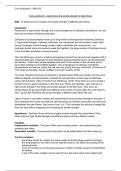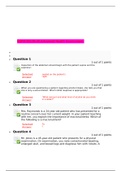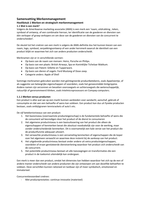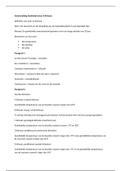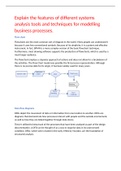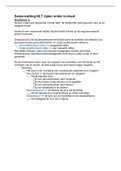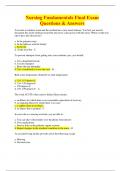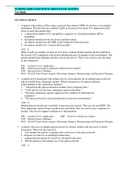Exam (elaborations)
CP8 write up - Determine the tensile strength of plant fibres
- Module
- Core Practicals
- Institution
- PEARSON (PEARSON)
Edexcel A Biology A level core practical Write ups. All include an introduction, hypothesis, variables, method, results, evaluations... CP8 -Determine the tensile strength of plant fibres
[Show more]
